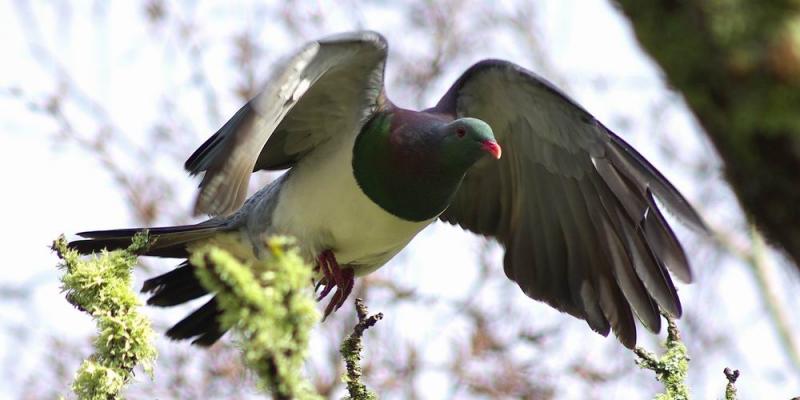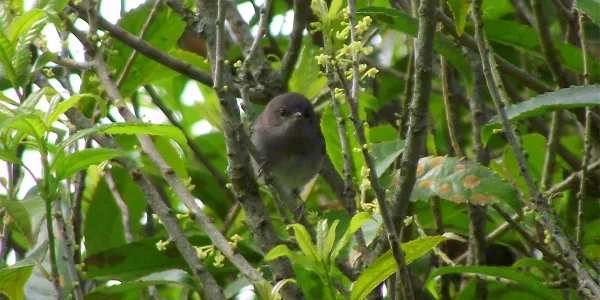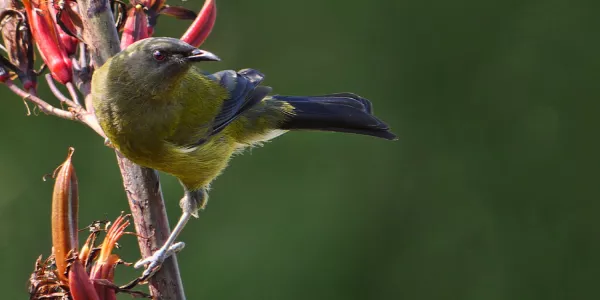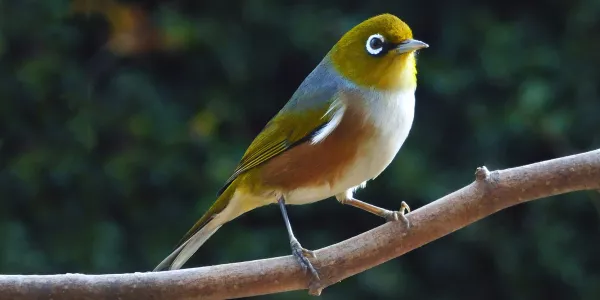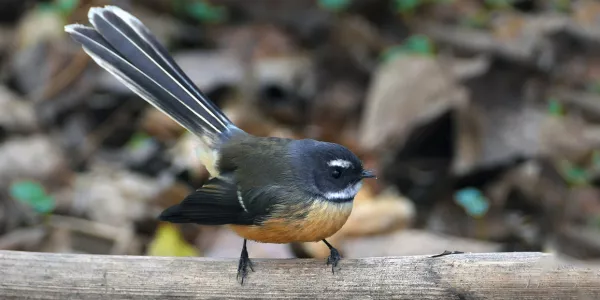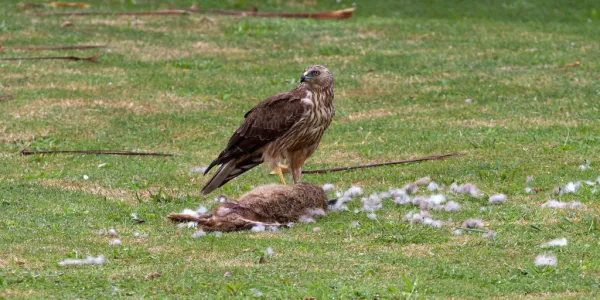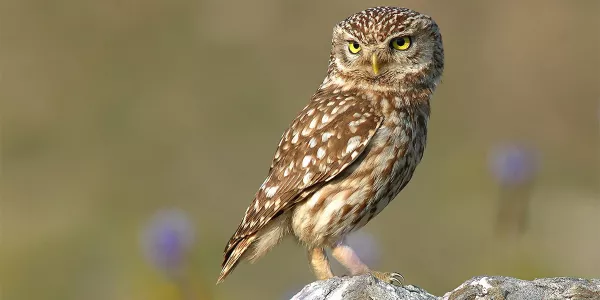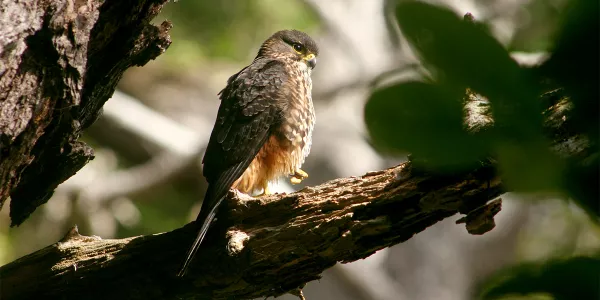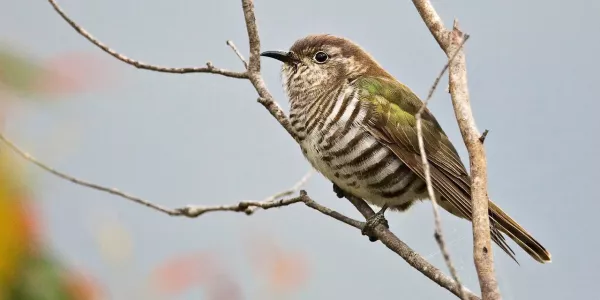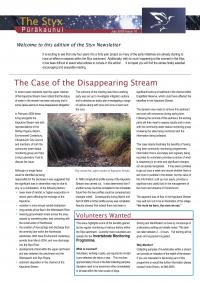New Zealand Pigeon
Maori Name: Kereru
Scientific Name: Hemiphaga novaeseelandiae
New Zealand Pigeons regularly occur (probably as seasonal visitors) in the Brooklands area along the lower reaches of the Styx, and are occasionally seen further upstream, including the Styx Mill Basin area.
This bird is endemic to New Zealand. In the South Island and much of the North Island the Maori name is kereru. However in parts of the North Island it is also known as kukupa and in Northland, kuku.
The New Zealand Pigeon should not be confused with a Wood Pigeon although it is often incorrectly called this. The difference being that the kereru belongs to the Columbidae family and in particular the treroninae sub family, while the Wood Pigeon (Columba palumbus) is a member of a different genus.
Numbers
- Slowly increasing in Christchurch
Spread
- Forests from Northland to Stewart Island
- Common throughout the main island of New Zealand also the Chatham Islands
Description
- Largest pigeon in New Zealand
- Head, throat upper breast and parts metallic green with purplish shees
- White lower breast and under parts
- Crimson bill orange tip
- Eyes and feet crimson
- Soft call ‘kuu’
- Weighs between 550-850 grams
- Length 51cm
- Drinks by suction
- Wings make whooshing noise when in flight
- Distinctive flight – often ascend slowly then makes impressively steep parabolic dive
- Can live at least 10 years
- Seem unafraid of humans
- Often roost on power lines
Habits
- Herbivorous
- Will eat foliage and flowers but loves fruit
- Fruit favourites include: matai, totaram miro, pigeonwood, puriri, taraire, tawa, coprosma, elder, hangehange, kahikatea, karaka nikau and titoki
- Only bird capable of eating largest native fruits and drupes such as the taraire thus spreading seeds intact
- Diet varies according to season
Habitats
- Coastal to mountain
- Commonly found in native forests (lowlands in particular) scrub, rural and city gardens and parks.
History
- Population declined after the arrival of humans, this is a continuing trend
- Relatively still common in South Island and coastal Otago
- Introduction of possum, and introduced rat species has significantly reduced amount of available fruit – introduced species also prey on eggs and nestlings
- Under threat from hunting, habitat degradation and poor reproductive success
- Numerous until 1860’s
- Restrictions on shooting pigeons enacted as early as 1864 – total protection since 1921
- Enforcement of protection laws not consistent
- Some Maori claim traditional right to hunt pigeon
Breeding
- Breeds September to February
- The chick is called a squab
- Nest is flimsy often a precariously balanced platform of sticks
- Often nests in forks of large trees
- Lays single egg
- Can raise 3 clutches in a season
- Chick fed on rich milky secretion from both parents crops (pouches in their upper digestive tracts)
- Older chicks fed on regurgitated fruit for 4 – 6 weeks
- Often egg or chick can be seen from ground through nest
- Both adult incubate for about 30 days
- Young fledge at between 30 – 45 days
Comment
- Since the extinction of the moa the New Zealand pigeon is now the only bird with a bill big enough to swallow large fruit and ultimately disperse seed throughout its environment. This bird therefore plays an important role in forest regeneration.


